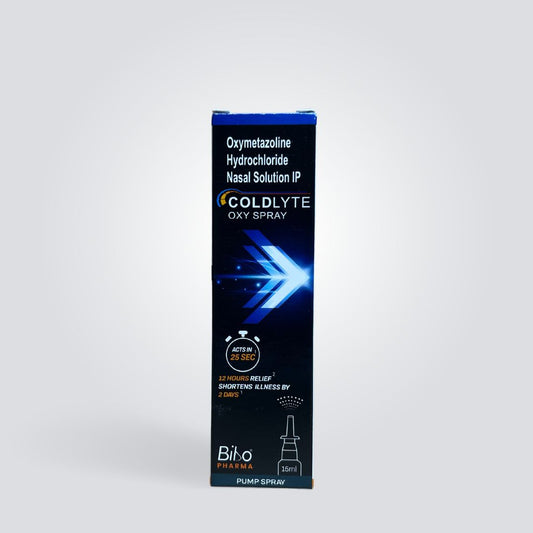
Blog written by: Dhrithi Bhat
As reported by CBS19 NEWS, the number of pollen allergy patients increased this year compared to last year. The reason for the increase in the amount of pollen was that it exceeded the average temperature last winter. Currently, the tree pollen season is at its peak, and grass pollen is also slowly increasing.
What is pollination?
Pollination is a process through which flowering plants sexually reproduce. The flowers contain male and female reproductive organs. The male reproductive organs are called stamens. The stamens contain anthers which produce pollen. The female reproductive organs are called pistils. Pistils contain stigma, a part where pollination takes place.
Pollen is produced from the anther, the male's reproductive organ. Anthers contain many tiny pollen grains produced in pollen sacs. When flowers are ready to pollinate, pollen grains are released into the air by the anthers. The pollen grains are then carried by wind or insects to the stigma of the female reproductive organs of the same or different flowers, where they can fertilize the female gametes and produce seeds.
When pollen is released into the air, it can cause allergies in some people. Symptoms of pollen allergy, also known as hay fever or allergic rhinitis, include sneezing, itching, watery eyes, and a runny nose. These symptoms occur because the allergic person's immune system mistakes pollen for harmful substances and produces antibodies against it. This causes the release of histamine and other chemicals that cause inflammation in the nose and eyes, leading to allergic symptoms.
Urban planting practices favour male trees to avoid dealing with the fruits and pods of female trees. Claritin recently created the “DiversiTree Project” to address this issue. The project aims to reduce pollen production by encouraging the planting of female trees that do not produce pollen but instead absorb it.
Claritin started the project in New Orleans, Louisiana, and Richmond, Virginia, two cities known to be unfavourable to people with hay fever. They planted female trees in public parks and along the streets. They plan to distribute it across the US in order to increase botanical balance and maintain pollen levels.
References:
- https://www.11alive.com/article/weather/pollen-season-atlanta/85-0ae4ee36-22c2-43e7-b24b-42a97f3d15bf
- Galán, C., Smith, M., & Thibaudon, M. (2014). Pollen allergies in Europe. Allergy, 69(8), 1092-1097.
- Gleich, G. J. (2000). Mechanisms of allergic disease. The Journal of allergy and clinical immunology, 105(4), S594-S599.
- Howarth, P. H., & Salagean, M. (2017). Pollen allergens–molecular and immunological characteristics, and their role in allergic diseases. Current opinion in allergy and clinical immunology, 17(5), 329-335.
- Pawankar, R., Canonica, G. W., Holgate, S. T., & Lockey, R. F. (2013). WAO White Book on Allergy 2013 Update. World Allergy Organization.
- Salo, P. M., Calatroni, A., Gergen, P. J., Hoppin, J. A., Sever, M. L., & Jaramillo, R. (2017). Allergy-related outcomes in relation to serum IgE: results from the National Health and Nutrition Examination Survey 2005-2006. Journal of allergy and clinical immunology, 140(2), 447-450.
- https://www.trendwatching.com/innovation-of-the-day/in-effort-to-combat-clouds-of-pollen-allergy-brand-claritin-looks-to-female-trees




